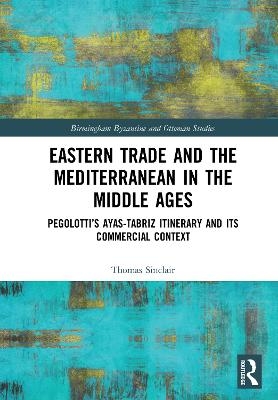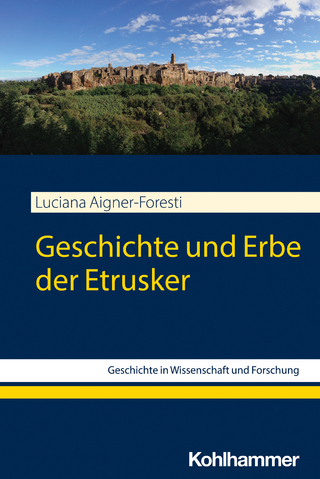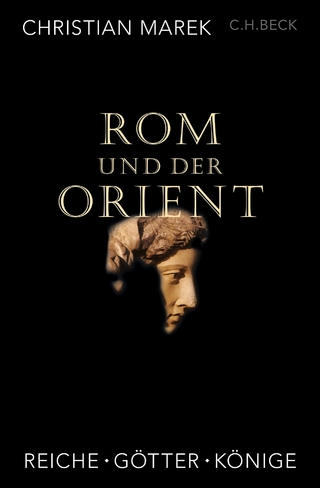
Eastern Trade and the Mediterranean in the Middle Ages
Routledge (Verlag)
978-0-7546-6516-8 (ISBN)
At the end of the High Middle Ages in Europe, with buying power and economic sophistication at a high, an itinerary detailing the toll stations along a commercial artery carrying eastern goods (from China, India and Iran) towards Europe was compiled, and later incorporated in the well-known trading manual of the Florentine bank official Pegolotti; Pegolotti was twice stationed in the city of Famagusta in Cyprus, which lay opposite the city of Ayas where the land route ended. The Il-Khanid capital, Tabriz in Iran, attracting expensive merchandise such as spices and silk from a variety of origins, was the road’s starting-point.
To demonstrate the importance of the route in its own time, parallel and contemporary routes in the Black Sea and the Levant are traced and the effect of trade on their cities noted. To compare the Ayas itinerary (1250s to 1330s) with previous periods the networks of commercial avenues in the previous period (1100-1250) and the subsequent one (1340s to 1500) are reconstructed. In each period the connection of east-west trade with the main movements of the European economy are fully drawn out, and the effects on the building history of the three main Italian cities concerned (Venice, Genoa and Florence) are sketched.
Attention then turns to the Pegolotti itinerary itself. The individual toll stations are identified employing a variety of means, such as names taken from the Roman itineraries (Peutinger Table and Antonine Itinerary) and archaeological data; this allows the course of the track to be followed through diverse topography to the city of Sivas, then across plains and through passes to Erzurum and finally to Tabriz. A picture is drawn of the urban history of each major city, including Sivas, Erzurum and Tabriz itself, and of the other towns along the route.
Thomas Sinclair was a professor of Turkish History at the Department of Turkish and Middle Eastern Studies in the University of Cyprus. He is the author of Eastern Turkey: An Architectural and Archaeological Survey (4 volumes, 1987-90) and writes principally on economy and administration in Armenia during the late pre-Ottoman and early Ottoman periods.
List of figures and maps
Transliteration, symbols etc.,
Author’s preface
PART A. INTRODUCTORY
The Documents and the Routes
The Commercial Background
PART B. THE AYAS-TABRIZ ITINERARY
Ayas to Sivas
From Sivaz to Erzincan
From Erzincan to Erzurum
From Erzurum to Tabriz
PART C. CONCLUSIONS
Appendix I. Ottoman Routes of the 16th to 18th Centuries in the Sivas-Erzurum Sector
Appendix II. Coins
Bibliography
Index
| Erscheint lt. Verlag | 20.12.2019 |
|---|---|
| Reihe/Serie | Birmingham Byzantine and Ottoman Studies |
| Zusatzinfo | 37 Tables, black and white; 2 Line drawings, black and white |
| Verlagsort | London |
| Sprache | englisch |
| Maße | 174 x 246 mm |
| Gewicht | 498 g |
| Themenwelt | Geschichte ► Allgemeine Geschichte ► Altertum / Antike |
| Geschichte ► Allgemeine Geschichte ► Mittelalter | |
| Geschichte ► Teilgebiete der Geschichte ► Wirtschaftsgeschichte | |
| Wirtschaft ► Volkswirtschaftslehre ► Makroökonomie | |
| ISBN-10 | 0-7546-6516-X / 075466516X |
| ISBN-13 | 978-0-7546-6516-8 / 9780754665168 |
| Zustand | Neuware |
| Informationen gemäß Produktsicherheitsverordnung (GPSR) | |
| Haben Sie eine Frage zum Produkt? |
aus dem Bereich


